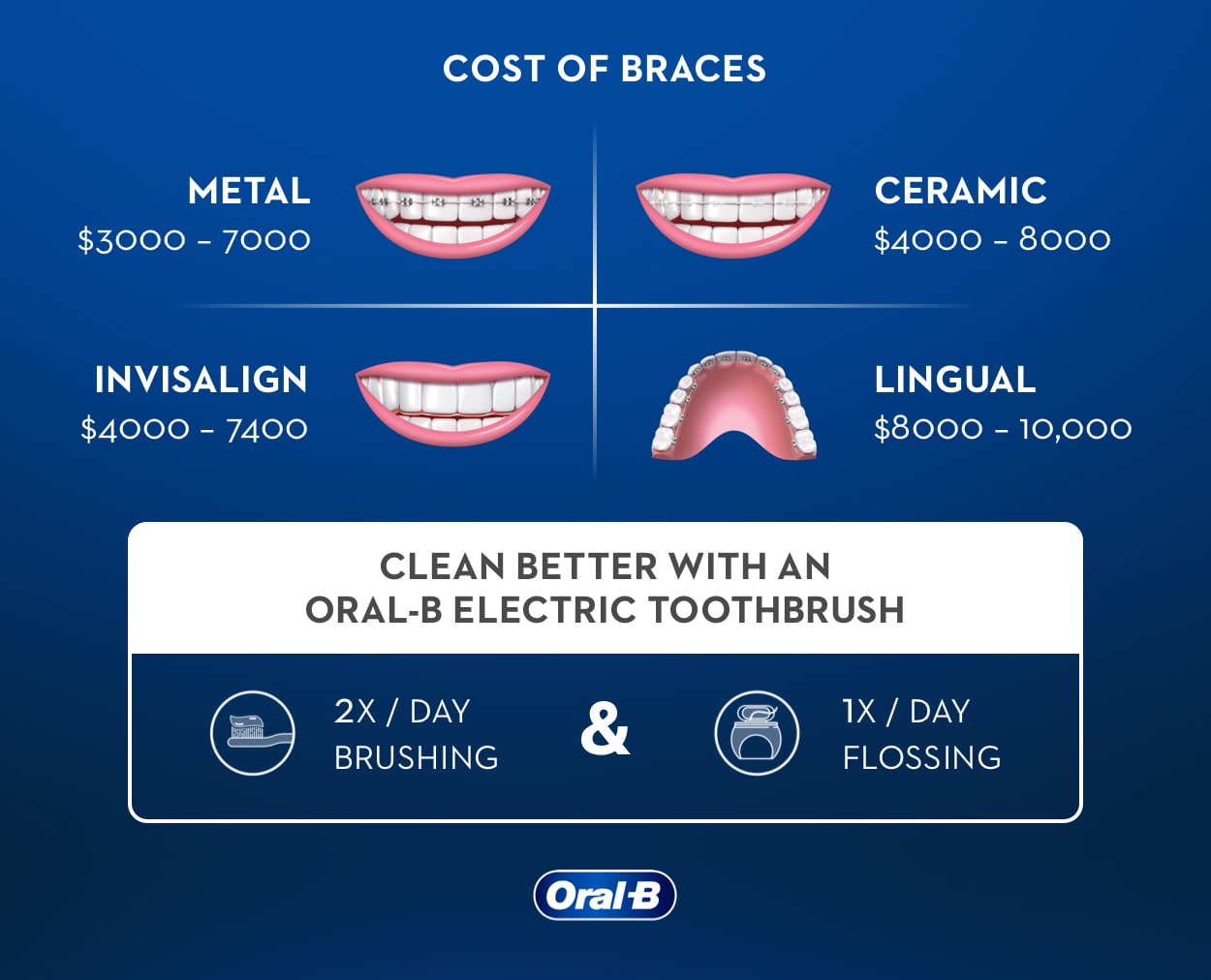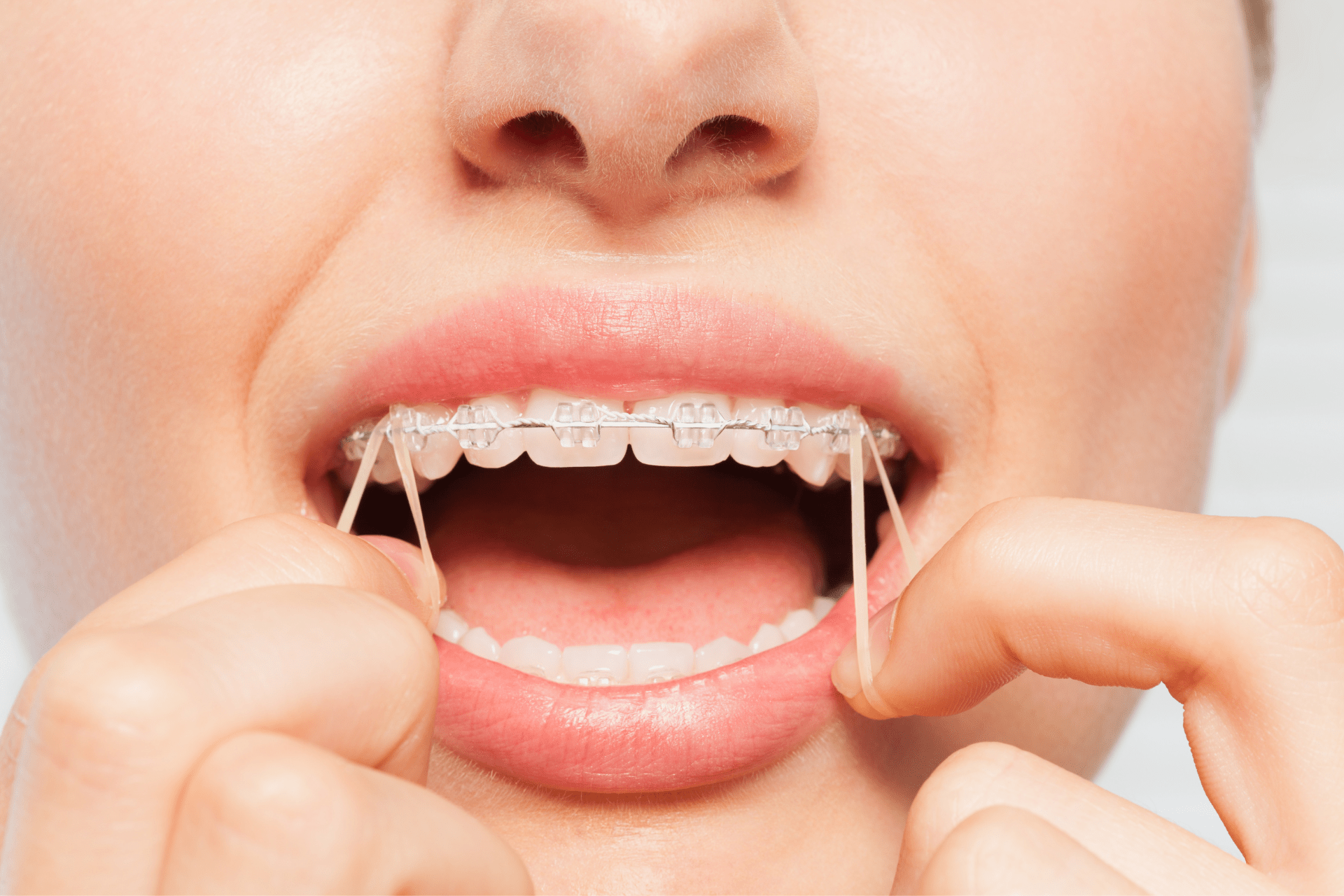Comprehensive Guide to Orthodontics Procedures for Fixing Dental Imbalances
In the world of orthodontics, the journey to attaining a completely aligned smile includes a myriad of treatments customized to correct dental misalignments. From traditional braces to invisible aligners and even medical alternatives, the field of orthodontics supplies a series of options to address varying levels of dental irregularities. Recognizing the details of each procedure, including their mechanisms, advantages, and possible drawbacks, is essential in making informed choices regarding one's orthodontic treatment. As we browse through the thorough overview to orthodontic procedures for dealing with oral misalignments, the intricate details of each method will unravel, shedding light on the path toward a useful and harmonious dental positioning.
Orthodontic Procedures Summary

Normal changes and tracking are critical parts of orthodontic therapy to make certain progression is on track and to make any kind of required modifications along the way. By undertaking orthodontic procedures, people can not only attain a straighter smile yet additionally enhance their overall dental health and wellness and feature.
Conventional Dental Braces: Just How They Function
When taking into consideration orthodontic therapies for dental imbalances, typical braces stand out as a time-tested approach for correcting teeth positioning. Conventional dental braces consist of braces, cords, and bands that function with each other to apply constant stress on the teeth, gradually moving them into the wanted positioning.
As pressure is applied to the teeth with the dental braces, the bone bordering the teeth is improved to sustain the brand-new tooth placements. Individuals will need regular adjustments at the orthodontist's office to ensure the dental braces proceed to use the correct pressure for efficient teeth movement.
Invisible Aligners: Advantages And Disadvantages
Unnoticeable aligners use a discreet and hassle-free option to standard braces for dealing with dental imbalances. These clear, personalized trays are essentially unseen when used, making them an appealing alternative for people seeking a much more visually pleasing orthodontic treatment. One of the primary benefits of undetectable aligners is their removability, enabling much easier maintenance of dental health contrasted to traditional braces. People can eliminate the aligners prior to consuming or cleaning their teeth, minimizing the threat of food getting embeded the appliance and simplifying the cleansing process.

Surgical Orthodontic Options
Surgical treatments in orthodontics present sensible alternatives for resolving complex oral imbalances that might not be efficiently dealt with through traditional orthodontic treatments. While traditional braces and invisible aligners can deal with lots of orthodontic issues, certain situations call for surgical treatment to attain optimal outcomes. Surgical orthodontic alternatives are generally recommended for extreme malocclusions, substantial jaw inconsistencies, and situations where the underlying bone framework needs alteration to accomplish proper positioning.
One typical medical orthodontic treatment is orthognathic surgical procedure, which involves repositioning the jaws to remedy practical issues such as trouble talking or chewing. This surgical procedure is typically carried out in collaboration with an orthodontist who assists align the teeth prior to and after the treatment. Surgical orthodontics may likewise involve treatments to expose impacted teeth, snap on teeth eliminate excess gum tissue, or reshape the jawbone to create a more unified facial account.
Before considering medical orthodontic options, people undertake an extensive examination to identify the requirement and potential advantages of such treatments. cumming orthodontics. While surgery may appear challenging, it can dramatically enhance both the function and appearances of the smile in cases where conventional orthodontic therapies fail
Retainers and Post-Treatment Care

Post-treatment treatment entails following the orthodontist's instructions carefully. This may consist of correct oral hygiene practices, attending follow-up consultations, and using the retainers as prescribed. Failure to abide by post-treatment treatment directions can result in relapse, where the teeth gradually relocate back towards their initial positions. Consistent retainer wear, good dental health, and routine oral exams are necessary for maintaining the outcomes achieved through orthodontic surgery and making certain the lasting stability of the dealt with oral positioning.
Final Thought
In verdict, orthodontic treatments use various options for dealing with dental misalignments. Surgical orthodontic alternatives are available for more severe misalignments. In general, orthodontic procedures can efficiently improve oral health and visual look.
As we browse via the detailed guide to orthodontic treatments for remedying dental imbalances, the elaborate details of each technique will unfold, dropping light on the path toward a functional and unified oral alignment. - cumming orthodontist
One of the most common orthodontic treatments is the use of braces, which are composed of metal brackets and cables that use gentle pressure to slowly shift teeth into the desired setting.When thinking about orthodontic therapies for oral imbalances, typical Continued braces stand out as a time-tested method for fixing teeth placing. Additionally, unseen aligners may not be suitable for complex orthodontic issues that call for see this even more considerable teeth motion, as they are normally advised for mild to modest instances. Retainers are customized orthodontic tools made to hold teeth in their fixed placements after the conclusion of orthodontic therapy.